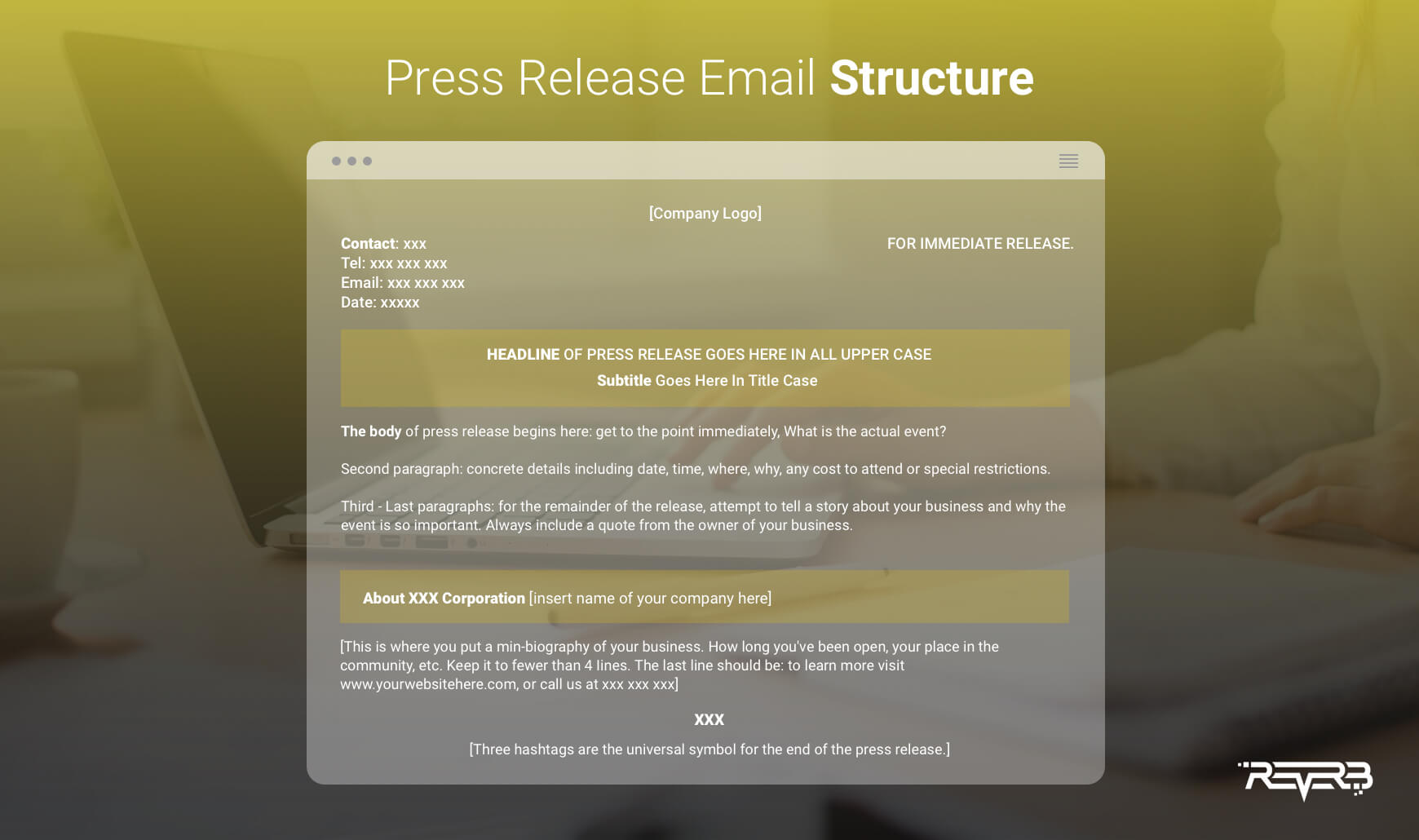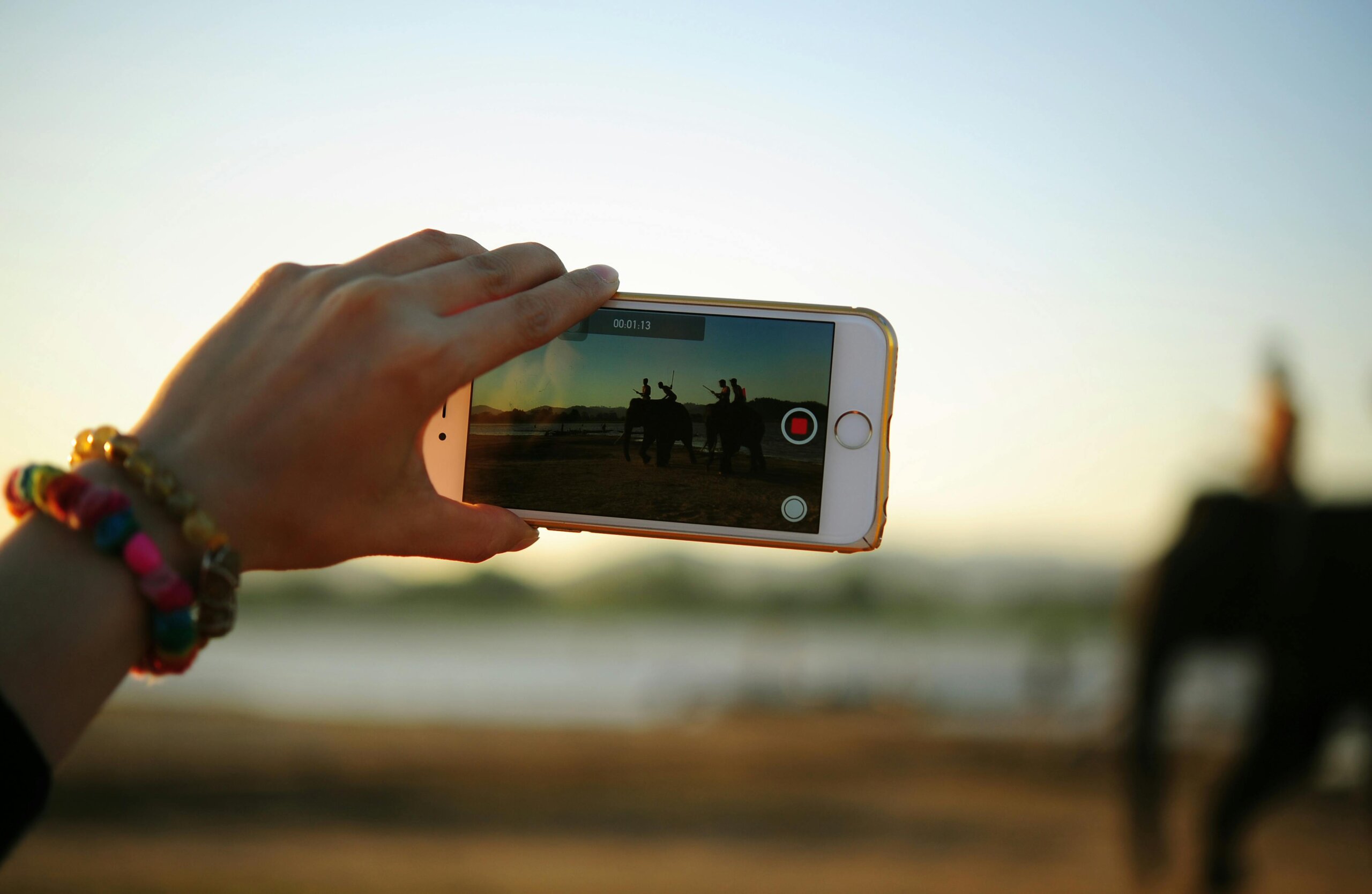Headline. It’s a brief attention-grabbing statement summarizing the news you are sharing. The best headline has to grab the attention of readers quickly – you have about ten seconds to convince them to keep looking. Write a short, clear, and comprehensible intro. It should answer the question: What is the letter about? You can make a headline first or after the entire email is ready (sometimes it’s easier).
A little hint: To make the headline truly exciting, use keywords that are presented in the body of your text.
An example: “Learn How Research Paper Service Revolutionalizes The Education Industry – Exclusive Case Study From EssayHub”
Lead. The information concentrated here should reveal three points: What? Where? When?
Based on the example above, a lead section might look like this: “One week ago, EssayHub created an exciting case study with one of their clients, demonstrating how a top-notch research paper service can improve academic performance. It’s a revolutionary insight for the entire education industry.”
Strive for simplicity – write short sentences and provide the journalists with a clear description of what your press release is about. Editors usually do not have much time to dive into your letter. They receive dozens of similar messages every day.
How to distinguish your message among the crowd? Try to make the life of journalists easier. Put the main idea into the lead by using accurate dates, facts, places, and contacts. In this way, you increase the chances of your email being noticed and, finally, published.
Body. It’s a central part of your press release email consisting of a detailed explanation of the information presented above. Enrich the additional paragraphs with supporting material and significant details (i.e. direct quotes, relevant background information, statistics, etc.).
In case it’s difficult for you to determine a unique approach to writing the body, you can use any universal press release template, e.g., one which we’ve presented at the end of the article.
Company’s bio. Increase the confidence of journalists by giving them reliable information about your company: name, area, achievements, where the headquarters is located, etc.
Contact information. Show that you are a real person and you are trustworthy. Put your photo (if it’s possible), your job position, a link to LinkedIn, your email, and phone number for quick dial.
Now it’s time to go through the whole text. You need to check out whether you wrote it in plain language and whether you provided enough information (or too much).
To do this, make sure that your email answers the following questions:
- What are you trying to announce? (who is about to do something or has already done it)
- What is the event’s importance?
- When and where it’s going to take place or has already occurred?
- What is the format of the event?
- Who is involved? (famous market players, celebrities)
- What is the role of your company here? If it’s not involved in the event but only spreads news, note it.
* These points are relevant to the press release template which announces certain company events.
Customize them if the main idea of your message is the announcement of another kind of news like the establishment of partnerships, product launch, or getting significant achievements and awards.







